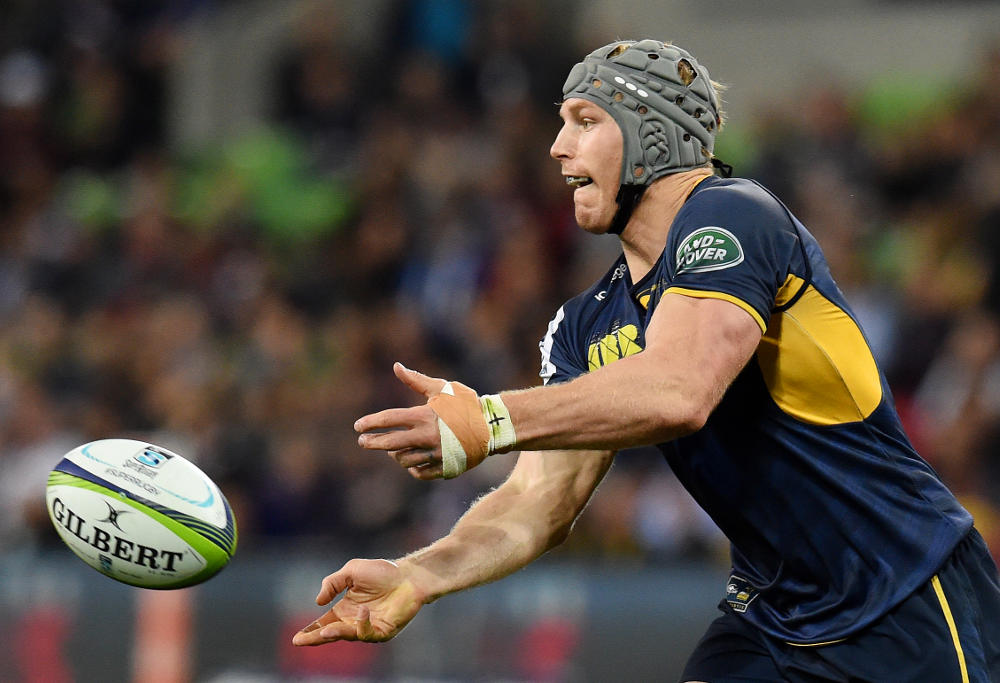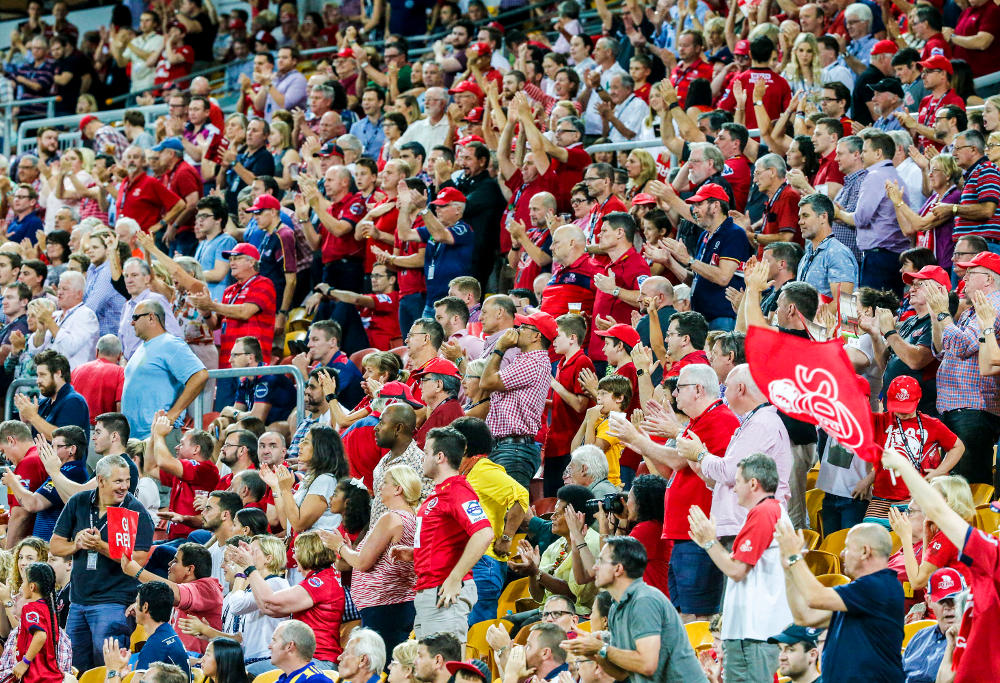Roar Guru

If and when South Africa announce that they will cut two teams, one move that the ARU could make, which could potentially galvanise most of the Australian rugby community, is to effectively announce that they will not support the cutting of an Australian team. Instead, they could take the bold but exciting step of going it alone when the current Super Rugby broadcast deal ends in 2020 – at least until we sort our own backyard out first.
One advantage of going it alone over say, a Trans-Tasman comp, is that the benefits of winning stay within Australia and help to build rugby here, rather than in New Zealand.
Australia could really take charge of its own future and tailor its competitions and structures to suit what works best in Australia.
Super Rugby brings in revenue for Australian rugby, but it also makes rugby inaccessible and unable to penetrate the sporting and cultural landscape in Australia.
Yes, going it alone could be seen as a step backwards if revenue drops and top-line players leave Australia to play overseas.
But would Australia really lose that many more players than what might happen if a Super Rugby team is removed anyway?

And with pure local derbies where tribalism can grow and flourish and the benefits of winning stay within Australia, it might begin to rapidly grow again.
A friend of mine noticed how the recent Rugby Union Players Association (RUPA) survey suggested that it would be financially viable for Australia to go it alone and so wrote to them directly.
Apparently they told him that either a Trans-Tasman comp or going it alone would be more commercially viable than Super Rugby in the long term.
Super Rugby as an international tournament works well for New Zealand and South Africa.
They already have their own entrenched domestic tournaments without a crippling amount of competition from other codes, and so they are not interested in Super Rugby acting as a pseudo-domestic competition.
Therefore, it can’t play that role for Australia.
It might be great if the other SANZAAR nations decided to focus on their traditional domestic comps and Super Rugby became a champions league with only the best teams from each country’s domestic competitions competing over a few weeks.
But they have zero interest in this. New Zealand, in particular, has no interest in changing a winning formula. Their Super Rugby teams are the way it has always been for many of the younger fans.
The NZRU will continue to enter their teams into some sort of Super Rugby format, and keep their traditional domestic competition as their ‘third tier’.
So it’s time for Australia to do what’s best for Australian rugby and go it alone.
Here is what a potential model for Australian rugby could look from 2020 onwards after the current broadcast deal ends:
February: Trials + 10s + some crowd-pleasing one-off games.
March-May: A revamped NRC with all the Test players available.
May-June: State of Origin involving a true NSW Waratahs, Queensland Reds, and a ‘Best of the Rest’ representative team.
June: Offer the winner of State of Origin team to play the winner of Super Rugby or whatever other top level rugby competition exists from 2020 onwards.
July: Inbound Tests.
August-October: The Rugby Championship.
November: End of Year Tour.
The revamped NRC could include the following teams:
ACT Brumbies
Western Force
Melbourne Rebels
2-3 teams set-up by the NSWRU
2 teams set-up by the QRU

A set-up such as this keeps all the current Super Rugby teams and pathways open. It presents a great new State of Origin concept, without detracting from the NRC (as would be the case with a State of Origin and the current Super Rugby teams).
There is also the potential opportunity for the winning State of Origin team to play against the winners of another top-line rugby competition.
All the best players outside of NSW and Queensland would have the chance to play State of Origin too. A ‘Best of the Rest’ team would work because it is a representative team for the best players outside of NSW and Qld, and not a regular team playing week in and week out without a home. Similar concepts exist and work in other sports.
The NSW Waratahs and Queensland Reds would return to being select representative teams. A State of Origin concept also strongly encourages the NSWRU and QRU to look after their own backyards in terms of coaching, skills, structures, and player participation from juniors upwards, because their players can only come from their own backyards.
I believe a set-up like this would work well in the Australian environment and tick a lot of boxes for fans and broadcasters alike.
The other SANZAAR countries might decide to have a similar set-up, or maybe not. Either way, Australia would not be dependent upon them. Australian rugby would be taking care of Australian rugby.
We can’t die waiting for it. We need to act now.